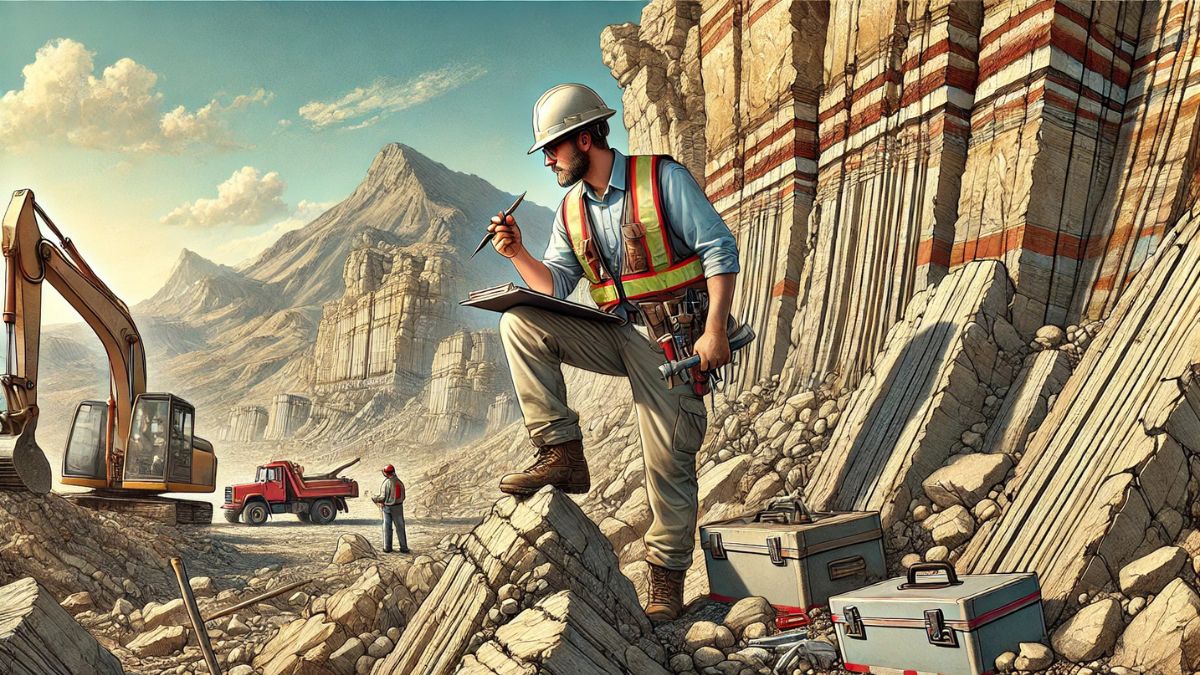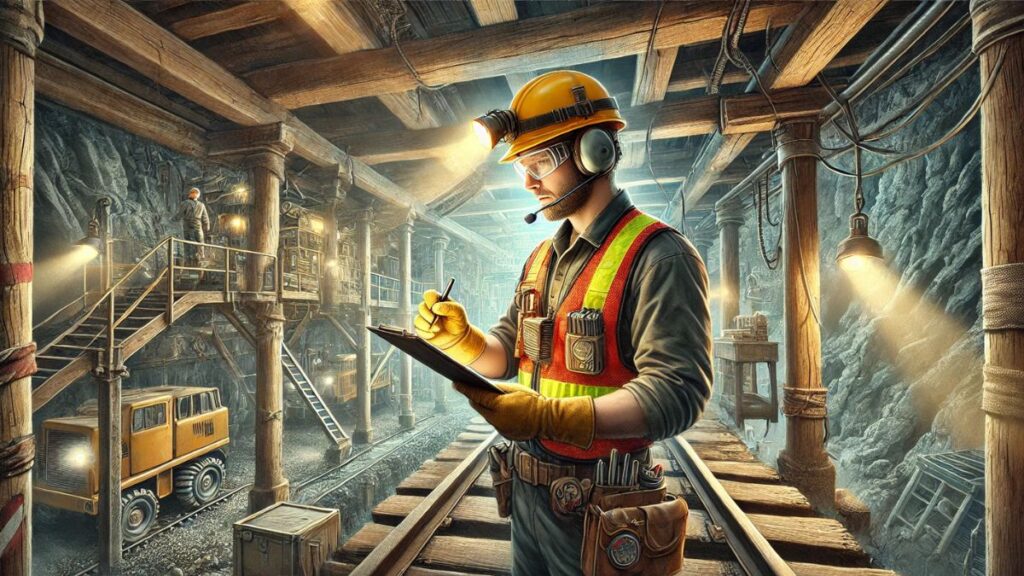What Do Mining and Geological Engineers Solve?

Mining and geological engineers are pivotal in shaping industries that rely on the Earth’s resources. These professionals specialize in designing safe and efficient methods to extract valuable minerals while ensuring environmental sustainability. Their expertise extends beyond just mining; they address a range of challenges, from resource identification to environmental protection. In this article, we will explore the critical problems mining and geological engineers solve and their impact on industries and society.
The Role of Mining and Geological Engineers
Mining and geological engineers bridge the gap between science and engineering to unlock the Earth’s potential. They play a crucial role in identifying, extracting, and managing resources responsibly. Their expertise encompasses:
- Resource Exploration
- Using advanced geophysical and geochemical techniques to locate deposits of valuable minerals, metals, and fuels.
- Applying cutting-edge technologies like remote sensing and Geographic Information Systems (GIS) to analyze potential sites.
- Mine Design and Safety
- Designing mines that optimize resource extraction while ensuring worker safety.
- Incorporating advanced technologies like automation and AI to monitor and control mining operations.
- Environmental Management
- Developing strategies to minimize the ecological footprint of mining activities.
- Rehabilitating mined lands to restore ecosystems and meet regulatory standards.
- Economic Feasibility Studies
- Conducting cost-benefit analyses to assess the viability of mining projects.
- Balancing economic gains with environmental and social responsibilities.
Key Problems Mining and Geological Engineers Address
1. Sustainable Resource Extraction
Global demand for resources such as metals, rare earth elements, and fossil fuels continues to grow. Mining and geological engineers are tasked with:
- Developing sustainable mining practices to meet demand while conserving resources for future generations.
- Innovating processes to recover resources from low-grade ores efficiently.
2. Environmental Challenges
Mining operations can significantly impact the environment. Engineers work to:
- Reduce greenhouse gas emissions from mining equipment and operations.
- Prevent soil, air, and water contamination by implementing advanced waste management techniques.
3. Worker Safety
Mining remains one of the most hazardous industries. Engineers focus on:
- Designing safer working environments by implementing robust structural designs and monitoring systems.
- Utilizing predictive analytics to foresee and mitigate risks such as landslides and gas leaks.

4. Technological Integration
The rapid advancement of technology presents opportunities and challenges. Engineers:
- Integrate automation, robotics, and AI to enhance operational efficiency and safety.
- Overcome challenges related to the adoption of new technologies in traditional mining setups.
5. Economic and Social Impacts
Balancing profitability with community well-being is critical. Engineers:
- Develop community engagement programs to ensure local populations benefit from mining projects.
- Address economic disparities by creating jobs and contributing to local economies.
Innovations in Mining and Geological Engineering
1. Advanced Exploration Techniques
New exploration technologies are transforming how resources are identified:
- 3D Seismic Imaging: Offers detailed subsurface views to pinpoint mineral deposits.
- AI and Machine Learning: Analyze large datasets to identify resource patterns efficiently.
2. Eco-Friendly Mining
Engineers are pioneering green mining initiatives:
- Developing biodegradable chemicals for mineral processing.
- Employing renewable energy sources, such as solar and wind, to power mining operations.
3. Mine Automation
Automation is revolutionizing the mining industry:
- Autonomous trucks and drilling equipment reduce the need for human presence in dangerous areas.
- Real-time monitoring systems optimize operations and improve safety.
4. Waste Management and Recycling
Addressing waste is critical to sustainable mining:
- Engineers design systems to manage tailings, reducing environmental hazards.
- Innovating methods to recycle materials from electronic waste and other sources.
Case Studies: Real-World Applications
Example 1: Sustainable Mining in Canada
Canada’s mining sector has implemented numerous sustainability practices, including renewable energy projects and strict environmental regulations. Mining and geological engineers have played a pivotal role in designing eco-friendly mines and restoring biodiversity to mined areas.
Example 2: Automation in Australian Mines
Australia’s mining industry has embraced automation to enhance productivity and safety. Engineers developed autonomous haulage systems and remote-controlled equipment, significantly reducing workplace accidents.
Example 3: Resource Recovery from E-Waste
In Europe, engineers are pioneering techniques to extract precious metals from electronic waste. This approach reduces the demand for virgin mining and addresses the growing problem of e-waste.
Future Challenges and Opportunities
1. Climate Change Mitigation
As industries shift toward sustainability, mining and geological engineers must:
- Develop carbon-neutral mining processes.
- Innovate methods to capture and store carbon emissions.
2. Urban Mining
With urbanization on the rise, engineers have an opportunity to recover valuable resources from city infrastructures and waste.
3. Deep-Sea Mining
The exploration of seabed resources poses new challenges:
- Engineers must design equipment to withstand extreme underwater conditions.
- Address potential environmental impacts of deep-sea mining.
Conclusion
Mining and geological engineers are at the forefront of solving some of the most critical challenges of our time. Their work ensures that society can meet its growing resource demands while protecting the environment and fostering economic development. By innovating sustainable practices, leveraging technology, and addressing social concerns, these engineers continue to drive progress in the mining industry.
References
- International Council on Mining and Metals (ICMM). (2023). “Sustainability in Mining.”
- Society for Mining, Metallurgy & Exploration (SME). (2023). “Innovations in Mining Technologies.”
- United Nations Environment Programme (UNEP). (2023). “Environmental Impact of Mining.”
- Canadian Institute of Mining, Metallurgy and Petroleum (CIM). (2023). “Green Mining Practices.”
- Australian Government – Department of Industry, Science and Resources. (2023). “Mining Automation Initiatives.”